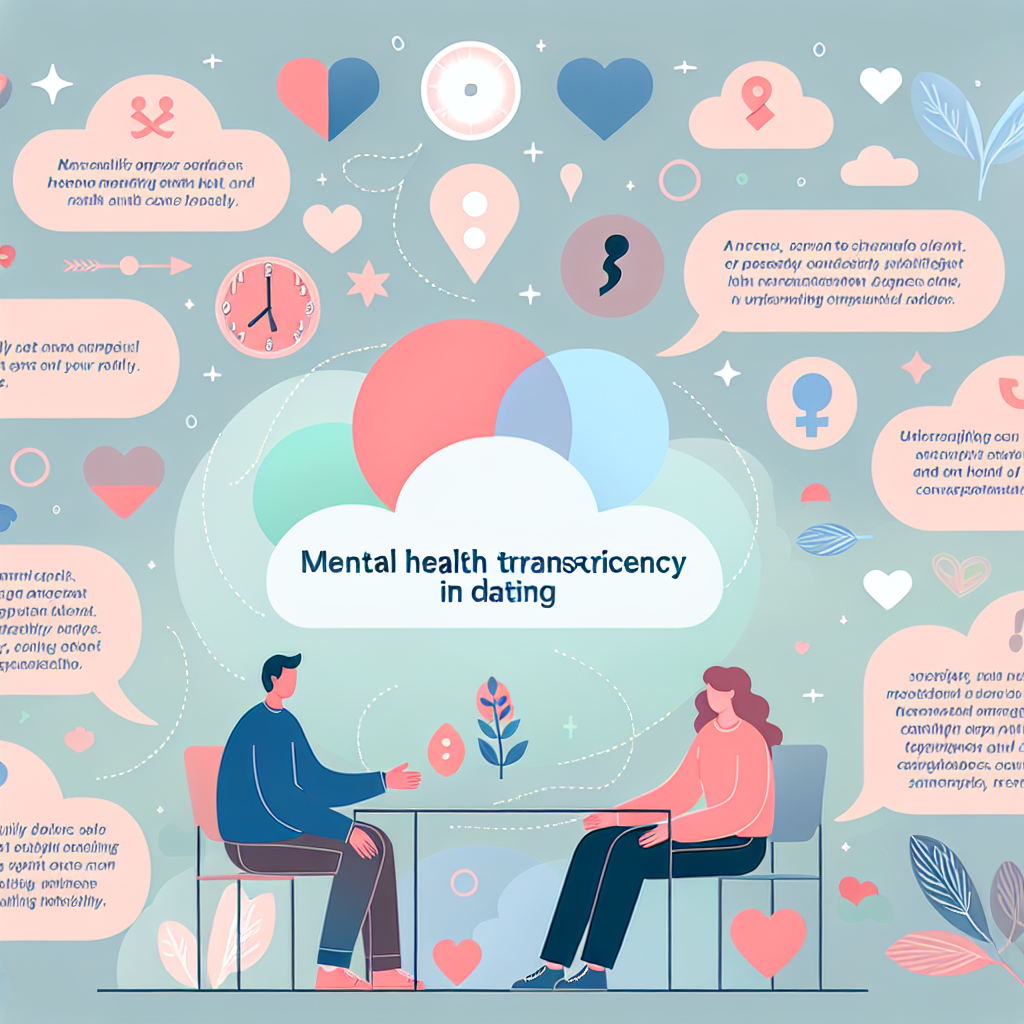# Long-Distance Relationship Sustainability: Research-Based Practices for Geographic Separation
Introduction
In an increasingly globalized world, long-distance relationships (LDRs) have moved from being rare exceptions to becoming a common reality. Whether due to job relocations, educational pursuits, travel, or meeting via digital platforms, couples today often find themselves navigating love across miles, time zones, and sometimes continents. The rise of video calls, instant messaging, and virtual experiences has transformed how we engage emotionally while physically apart. But even with technological advantages, maintaining a long-distance connection isn’t purely about staying in touch—it’s about maintaining emotional intimacy, trust, and shared goals.
For dating singles between 18 and 80, long-distance relationships pose both unique challenges and opportunities. Younger couples might be managing the struggle of balancing personal growth with relationship needs, especially during college years or early career moves. More mature individuals might face logistical issues like family commitments or professional obligations that make travel or relocation more complex. Nonetheless, with evolving relationship norms and a growing understanding of what makes romantic partnerships thrive, long-distance love is not only sustainable—it can flourish.
Contrary to the outdated belief that distance spells doom for romance, recent studies suggest that LDRs can foster deeper emotional intimacy than geographically close relationships. When partners communicate intentionally and consistently, they often find themselves becoming more emotionally expressive and reliant on words, tone, and timing. These conversations, grounded in intentionality, can strengthen bonds in unparalleled ways.
Furthermore, today’s singles are adapting their expectations from traditional relationship timelines to a more flexible perspective on emotional connection, trust-building, and long-term compatibility. In fact, success in an LDR often hinges less on the frequency of physical proximity and more on the quality of emotional engagement and transparency.
In this article, we explore evidence-based practices that dating singles can adopt to sustain a long-distance relationship, whether it’s a few hours’ drive or an intercontinental separation. We’ll look at scientific studies, relationship psychology insights, and communication strategies that empower individuals to maintain strong and fulfilling long-distance partnerships—at any age.
Emotional Intimacy from Afar: Why Distance Can Deepen the Bond
A growing body of research supports the sustainability of long-distance relationships, especially when couples utilize certain practices backed by psychological and communication science.
One of the most definitive studies in this area comes from Dr. Crystal Jiang and Jeffrey Hancock at the City University of Hong Kong and Cornell University, respectively. Their joint 2013 study published in the *Journal of Communication* found that long-distance couples often experience higher levels of intimacy than geographically close couples. This is attributed to the way LDR partners tend to share more about their thoughts, feelings, and daily experiences during conversations, compensating for the lack of physical proximity with deeper verbal intimacy ([Jiang & Hancock, 2013](https://academic.oup.com/joc/article/63/3/556/4080978)).
Talking the Talk: Why Communication Quality Matters More Than Quantity
Another important aspect is communication frequency and quality. Research published in the *Journal of Sex & Marital Therapy* indicates that consistent and meaningful communication is critical. It’s not about being in constant contact, but rather maintaining predictable routines (like nightly check-ins) and expressing affection intentionally.
Researchers note that “relationship maintenance behaviors,” such as openness, assurances, and shared tasks—even virtually—support higher relationship satisfaction ([Dargie et al., 2015](https://www.tandfonline.com/doi/abs/10.1080/0092623X.2015.1052838)).
Building Digital Trust: Technology as a Tool, Not a Threat
Trust is another essential factor in LDR longevity. According to the American Psychological Association, trust-building in long-distance partnerships requires clear boundaries and ongoing reassurance between partners.
Establishing digital transparency, such as sharing calendars or using location-sharing apps (in a consensual and respectful manner), can foster a sense of connectedness and safety ([APA, 2018](https://www.apa.org/news/press/releases/stress/2018/relationships)).
Planning the Future: The Power of Shared Goals and Visitation Plans
Interestingly, goal-setting and future planning are critical predictors of long-distance relationship success. Dr. Gregory Guldner, founder of the Center for the Study of Long Distance Relationships, emphasizes the importance of a “visitation plan” and long-term intentions.
Couples who have a clear vision for eventually closing the distance are more resilient during prolonged separations.
Finding Love at Any Age: Long-Distance Relationships Over 50
In terms of age dynamics, senior singles benefit just as much from these interventions. AARP’s study on relationships among individuals over 50 shows that virtual companionship, consistent emotional check-ins, and shared long-term outlooks can play powerful roles—even in long-distance romances during later life stages ([AARP, 2020](https://www.aarp.org/research/topics/life/info-2020/dating-over-50.html)).
Final Thoughts: Love Beyond the Miles
Long-distance relationships are not only viable—they can thrive when rooted in trust, intentional communication, emotional intimacy, and mutual life goals. Whether you’re navigating love from college dorms or managing a bi-coastal courtship in your 70s, the key to sustaining a successful LDR is embracing the science of human connection. With commitment and the right strategies, love can flourish no matter how many miles are between two hearts.
100 Word Summary:
Long-distance relationships (LDRs) have become increasingly common in today’s global world. Contrary to the belief that distance dooms romance, research shows LDRs can foster deeper emotional intimacy when couples prioritize intentional communication, trust-building, and shared goals. Key factors for LDR success include expressing affection consistently, establishing digital transparency, and planning for eventual reunification. These evidence-based practices apply to singles of all ages, from young adults navigating college and career to seniors managing complex life commitments. With the right approach, love can thrive despite geographic separation, as partners leverage technology and relationship psychology to sustain fulfilling long-distance partnerships.
References:
[Jiang, C. and Hancock, J. (2013). Romantic Relationships Across Distance: An Examination of Disclosure, Daily Communication, and Relationship Satisfaction. *Journal of Communication*.](https://academic.oup.com/joc/article/63/3/556/4080978)
[Dargie, E., Blair, K. L., Goldfinger, C., & Pukall, C. F. (2015). Go Long! Predictors of Positive Relationship Outcomes in Long-Distance Dating Relationships. *Journal of Sex & Marital Therapy*.](https://www.tandfonline.com/doi/abs/10.1080/0092623X.2015.1052838)
[American Psychological Association (APA). (2018). Relationships and Stress.](https://www.apa.org/news/press/releases/stress/2018/relationships)
[AARP Research. (2020). Dating Over 50: Exploring Romance, Relationships, and Everything in Between.](https://www.aarp.org/research/topics/life/info-2020/dating-over-50.html)
[Guldner, G. (2003). Long Distance Relationships: The Complete Guide. Center for the Study of Long Distance Relationships.]

Dominic E. is a passionate filmmaker navigating the exciting intersection of art and science. By day, he delves into the complexities of the human body as a full-time medical writer, meticulously translating intricate medical concepts into accessible and engaging narratives. By night, he explores the boundless realm of cinematic storytelling, crafting narratives that evoke emotion and challenge perspectives. Film Student and Full-time Medical Writer for ContentVendor.com




